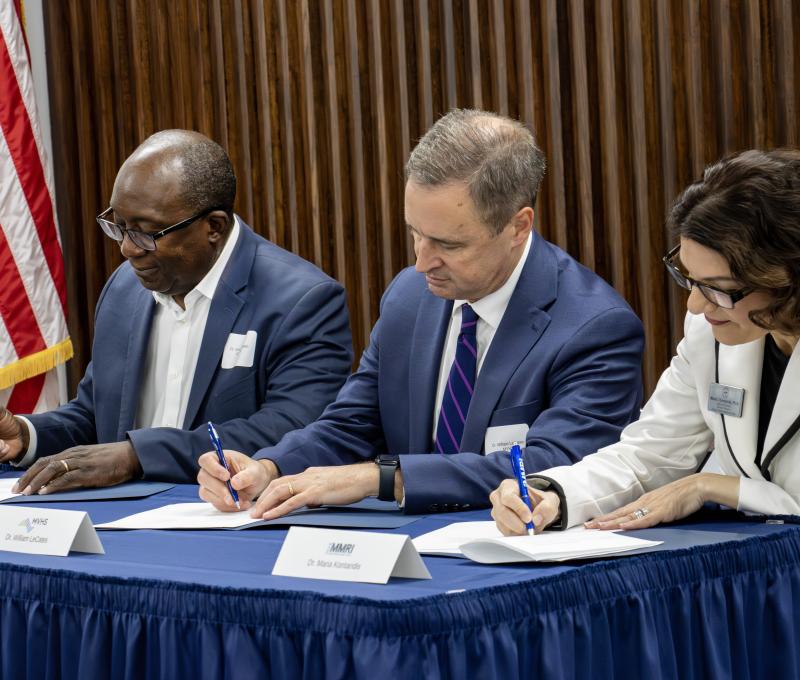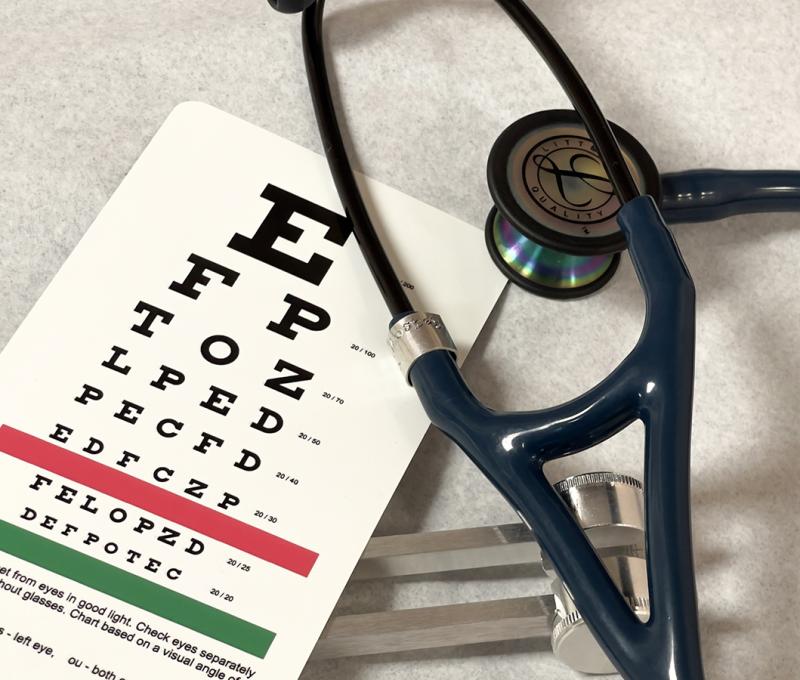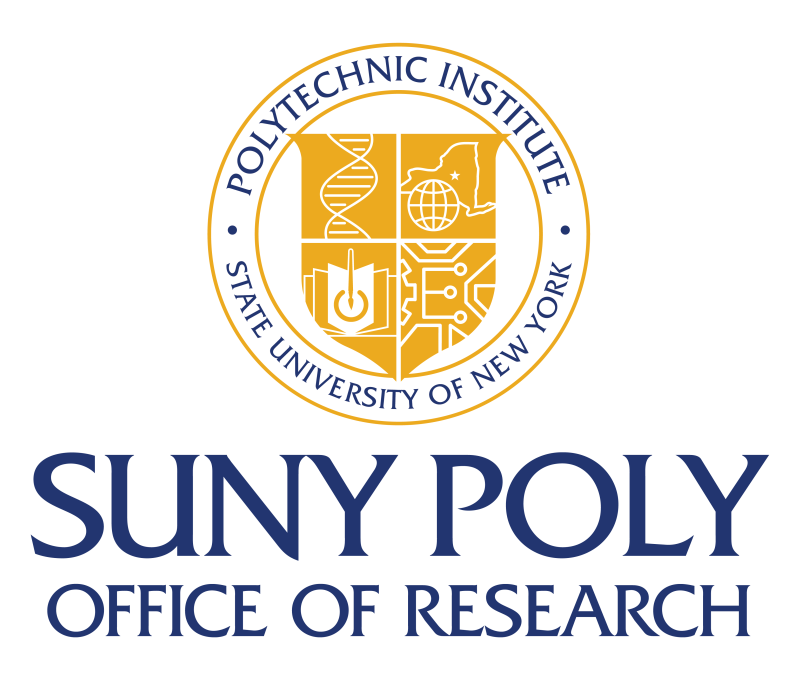Chancellor Kristina M. Johnson Congratulates 18 SUNY Students for Receiving Graduate Research Fellowships from the National Science Foundation

Awardees are the largest group in recent history and will pursue studies in fields ranging from applied mathematics to marine biology
NSF’s prestigious program also names 16 Honorable Mentions
For Immediate Release: Tuesday, April 16, 2019
Contact: Holly Liapis; Holly.Liapis@suny.edu; 518-320-1311
Albany – State University of New York Chancellor Kristina M. Johnson today congratulated 18 graduate students from five SUNY campuses who have been named recipients of the National Science Foundation (NSF)’s prestigious Graduate Research Fellowship (GRFP). The NSF also awarded honorable mentions to 16 SUNY students.
“I am so proud of the students who have received this recognition from the NSF, which for almost seven decades has been the premier agency for funding scientific research in our country,” said Chancellor Johnson. ”These fellowships demonstrate that SUNY remains at the forefront of innovation and scientific discovery, and that our students will be next generation leaders in their respective fields.”
GRFP provides three years of financial support within a five-year fellowship period, which amounts to a $34,000 annual stipend and $12,000 cost-of-education allowance to the graduate institution. That support is for graduate study that leads to a research-based master's or doctoral degree in a STEM field.
This year, fellowships were awarded to 2,050 students around the country. Over 1,500 students received honorable mentions. At SUNY, fellowship recipients were:
Claire Elizabeth Foster, Binghamton University, Clinical Psychology. Exposure to maternal depression, particularly during infancy, is associated with heightened risk for depression and other negative outcomes in offspring across their lives. One potentially important moderating influence is parenting behavior. Foster’s research implements a multi-method approach to examine the relationship between maternal depression and infants’ attentional biases to facial displays of emotion, and whether patterns of maternal parenting behavior moderate this relation.
Grascen Irene Shidemantle, Binghamton University, Evolutionary Biology. As human populations continue to influence natural ecosystems, understanding whether and how organisms respond to anthropogenic activities will become increasingly important. Phenotypic plasticity allows organisms to rapidly respond to new environments. Increasing evidence suggests that plasticity likely plays a significant role in evolutionary innovation, but current understanding is limited. Grascen proposes to evaluate plasticity-first evolution by measuring amphibian responses to artificial light at night.
Hindy Drillick, Stony Brook University, Mathematics. Drillick conducts research in dynamical systems, a field that studies the long-term behavior of systems that evolve with time. Dynamical systems arise in all areas of science. The behaviors she studies examine to what extent the particles in a system get mixed around over time. In particular, she studies the mixing properties of circle rotations for certain infinite measures.
Stephanie T. Johnson, Stony Brook University, Anthropology. Johnson is exploring the complex intersection of race, class, disability, and incarceration in the special education to prison pipeline. Her research will assist educators and medical personnel in recognizing the psychological effects of social inequities such as poverty and racism, in order to offer social support as primary intervention.
Savannah LaBua, Stony Brook University, Marine Vertebrate Biology. Pacific herring are a critical component of the eastern Gulf of Alaska ecosystem, providing a viable food source for humpback whales, sea lions, seabirds, and other fish. But stocks have experienced significant declines in abundance since the development of industrial fishing. The data and knowledge gained from LaBua’s study will be of great interest in marine ecology because it directly addresses questions of what factors maintain and distribute changes in herring populations and the importance of those changes to the ecosystem.
Ann Lin, Stony Brook University, Biochemistry. As a Fulbright Scholar in Norway, Lin is currently working to combine mass spectrometry technology, organoids, and organ-on-chip technology to create a pipeline to measure patient response to drugs.
Katherine Choulin Lo, Stony Brook University, Biology. Lo uses the zebrafish tailbud to model vertebrate development and study stem cell fate decisions. She focuses on a specific group of stem cells and studies how they become part of either the nervous system or muscle. Understanding stem cell differentiation in zebrafish can provide insight into human development and eventually lead to therapies for birth defects.
Diana Marie Lutz, Stony Brook University, Chemistry. Lutz is working with the Marschilok/Takeuchi Research Group to study the fundamental processes that govern battery performance. Improving current technology will make electric vehicles a sustainable replacement for combustion engine cars and provide larger scale energy storage for intermittent sources, such as wind and solar. Her group uses advanced characterization techniques that see what is happening at an atomic and molecular level to obtain a full understanding of these technologies.
Jessica Maghakian, Stony Brook University, Applied Math and Statistics. Maghakian works on optimization algorithms that are required to make decisions in real-time, with imperfect knowledge of the future. As real-time optimization becomes more widespread in application areas such as the smart grid and self-driving vehicles, it becomes necessary to have reliable algorithms with theoretical performance guarantees.
Gabrielle Marie Paniccia, Stony Brook University, Biochemistry. Paniccia’s research focuses on developing a CRISPR-Cas9 gene-editing system to target a cancer-causing virus in mice. This research lays a foundation that may one day be applied to related, human oncogenic viruses.
Timothy Joseph Sullivan, Stony Brook University, Clinical Psychology. Sullivan’s research seeks to build new knowledge about how social inequality and injustice impacts romantic relations among sexual minorities (e.g., lesbian, gay, bisexual, queer, pansexual, or non-heterosexual), given that sexual orientation-related stigma by nature threatens the very existence of such partnerships. In particular, he focuses on understanding how discrimination, trauma, and violence may drive partners apart or bring them together.
Christopher R. Tang, Stony Brook University, Materials Science and Engineering. As a part of the Takeuchi-Marschilok Research Group, Tang is researching batteries and other energy storage technologies as they pertain to electric vehicles and grid level energy storage. Along with improving battery performance, his group focuses on studying systems that are lower cost, sustainable, and environmentally friendly. Understanding the fundamental mechanisms of energy storage in these systems is crucial to furthering the technology and eventually introducing them into society.
Daneele Thorpe, Stony Brook University, Clinical Psychology. Thorpe’s research examines how stressful and traumatic experiences during early life influence children’s behavioral, socioemotional, and neurobiological development. She is also interested in how parents and other caregivers can play a major role in protecting children from the effects of early stressful experiences.
Heather Sussman, University at Albany, Climate and Large-Scale Atmospheric Dynamics. Sussman uses climate modeling experiments to determine how northern midlatitude waves of various spatiotemporal scales may change in a future climate, and the physical mechanisms responsible for the anticipated changes.
Alexander E. Siemenn, University at Albany, Ocean Engineering. Siemenn studies marine energy technologies, specifically Wave Energy Converters (WECs). WECs have electrical energy generation potentials that vary depending on the design of the system and how it functions due to the physics of fluids. This research addresses gaps in developing low-cost, low-impact, resilient small-scale WECs through fluid mechanics simulation, economic analysis, geographic life cycle assessment, and climate modeling.
Destiny Diaz, University at Buffalo, Biostatistics. Diaz’s research will explore the reasons why some at-risk populations are less concerned about the health hazards of tobacco use than others. The research is expected to ultimately help raise awareness of the dangers of smoking among these populations, and identify ways to reach groups in greater need of information and outreach.
Hailie Patricia Suk, University of Buffalo, Mechanical Engineering. Suk is working on developing a design tool needed to promote an adaptive microgrid design that is sustainable for rural development. The development of the mathematical framework will illuminate complex relationships between technology and global development, which will transform the design process for microgrids and other complex systems.
Elena Musteata, SUNY Polytechnic Institute, Biomedical Engineering. Musteata is developing a diagnostic assay for Lyme disease.
Honorable mentions were awarded to:
- Matthew S. Brown, Binghamton University, Biomedical Engineering
- Carmela M. Buono, Binghamton University, Ecology
- William Frazer, Binghamton University, Geophysics
- Jacob Tyler Crosser, Stony Brook University, Mathematical Biology
- Kenneth James Davidson, Stony Brook University, Ecology
- James Timothy Glazar, Stony Brook University, Condensed Matter Physics
- Elizabeth Maeve Inman, Stony Brook University, Social Psychology
- Hanna Morales Hernández, Stony Brook University, Macromolecular, Supramolecular, and Nanochemistry
- Evan Lammertse, Stony Brook University, Biomedical Engineering
- Allix Marie Coon, University at Albany, Chemistry of Life Processes
- Chelsea Elizabeth Snide, University at Albany, Climate and Large-Scale Atmospheric Dynamics
- Ty Santiago, University at Buffalo, Spectroscopy
- Isabel Starr, Biological Anthropology, University at Buffalo
- Anthony Taboni, University at Buffalo, Law and Social Science
- Emily Bonacquisti, Buffalo State College, Biomaterials
- Hannah Olds, SUNY Oneonta, Nuclear Physics
Founded in 1951, the GRFP is the country’s oldest fellowship program that directly supports graduate students in various STEM fields. The GRFP was established early in the foundation's history, to encourage the best basic research and ensure a comprehensive research program.
Since 1952, NSF has funded over 50,000 Graduate Research Fellowships out of more than 500,000 applicants. Forty-two fellows have gone on to become Nobel laureates, and more than 450 have become members of the National Academy of Sciences. In addition, the GRFP has a high rate of doctorate degree completion, with more than 70 percent of students completing their doctorates within 11 years.
About The State University of New York
The State University of New York is the largest comprehensive system of higher education in the United States, with 64 college and university campuses located within 30 miles of every home, school, and business in the state. As of Fall 2018, more than 424,000 students were enrolled in a degree program at a SUNY campus. In total, SUNY served 1.4 million students in credit-bearing courses and programs, continuing education, and community outreach programs in the 2017-18 academic year. SUNY oversees nearly a quarter of academic research in New York. Its students and faculty make significant contributions to research and discovery, contributing to a $1.6 billion research portfolio. There are 3 million SUNY alumni worldwide, and one in three New Yorkers with a college degree is a SUNY alum. To learn more about how SUNY creates opportunity, visit www.suny.edu.
###








